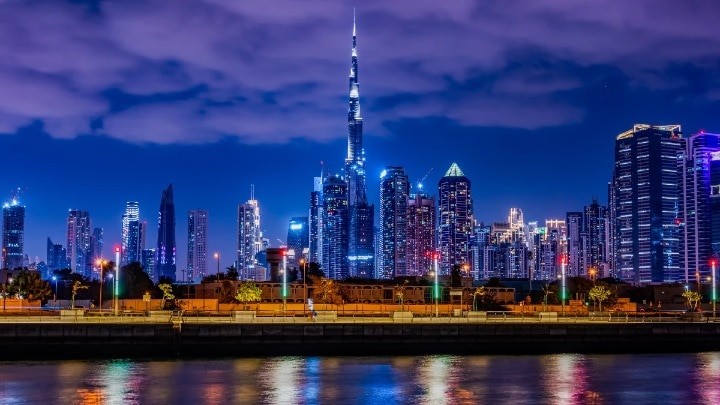17th October, 2023
Jonathan Weinert
IoT and connected lighting, Signify
With carbon footprint, carbon emissions, and climate-related impact statistics in mind, developed and developing countries must assume responsibility for curbing carbon emissions.
Many types of obstacles clutter the path to reduced carbon emissions and energy efficiency. Traditional business requirements, budgetary pressures, and politics at the international, national, regional, and state levels have slowed and sometimes hampered the transition to sustainable practices. However, solutions that can help reduce carbon emissions and create energy efficiencies exist.
For example, the current built environment contributes 40% of annual global carbon emissions. Of that overall percentage, building operations account for 27% and building construction and infrastructure materials make up the remaining 13%. Each building consumes energy for the lighting, heating, and cooling systems that maintain comfortable indoor environments for residents. Each environmental control system also generates carbon emissions.
Different technology-driven solutions exist for the carbon emissions and energy consumption problems seen with buildings. For example, connected lighting systems built around efficient LED technologies could save millions of tons of carbon emissions and reduce the demand for electricity. While LED lighting can offer direct energy savings of 50–70% over conventional lighting, connecting LED lighting systems to smart controls, the IoT, and other environmental control systems can increase those percentages. In addition, the installation and use of human-centric connected systems align with improving well-being and productivity.
Building designs can also move away from materials that release millions of tons of carbon emissions during extraction, manufacturing, transportation, construction, and disposal. Architectural firms and construction firms can prioritize moving away from the use of conventional building materials such as concrete, steel, and insulation to low-carbon, carbon-neutral, or carbon-storing materials. New types of concrete, for example, may reduce carbon emissions by 60%. In addition, firms can reduce emissions associated with manufacturing practices by specifying the use of recycled or reclaimed materials for buildings.

During the past decades, the United States, the European Union, and other governments have made crucial policy decisions that target zero carbon emissions by 2050. In the United States, the Inflation Reduction Act of 2022 includes tax incentives for installing energy efficient equipment such as LEDs, new types of building insulation, and heat pumps.
The consequences of climate change become more apparent with each passing day. According to a report from the US Office of the Director of National Intelligence, without action from countries, corporations, businesses, and individuals, global temperatures will likely continue to increase and weather events will continue to set new standards for extremes.
Although political leadership may change, countries cannot step away from their policy commitments to mitigate climate change. However, setting and adhering to policies is only one step. Corporations and businesses can commit to methods and technologies that reduce carbon emissions and reduce energy consumption. Every person can drive the changes that prompt those commitments.
To learn more about how connected technologies align with global energy policies, read our white paper Good connectivity: a key to decarbonizing the building sector here
Signify Global Media relations - Professional Lighting
Claire Phillips
Tel: +44 7956 489081
Email: claire.phillips@signify.com
Signify (Euronext: LIGHT) is the world leader in lighting for professionals, consumers and the Internet of Things. Our Philips products, Interact systems and data-enabled services, deliver business value and transform life in homes, buildings and public spaces. In 2023, we had sales of EUR 6.7 billion, approximately 32,000 employees and a presence in over 70 countries. We unlock the extraordinary potential of light for brighter lives and a better world. We have been in the Dow Jones Sustainability World Index since our IPO for seven consecutive years and have achieved the EcoVadis Platinum rating for four consecutive years, placing Signify in the top one percent of companies assessed. News from Signify can be found in the Newsroom, on X, LinkedIn and Instagram. Information for investors is located on the Investor Relations page.


December 17, 2024
Transforming Dubai’s iconic buildings with connected lighting from Signify